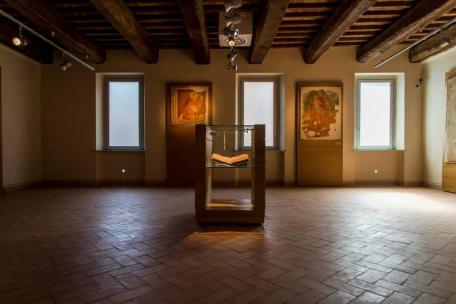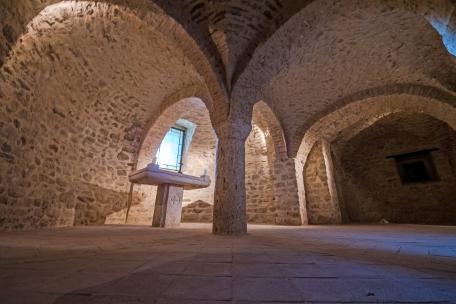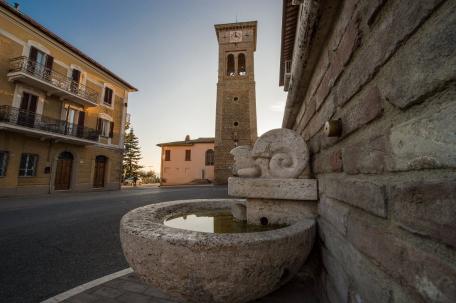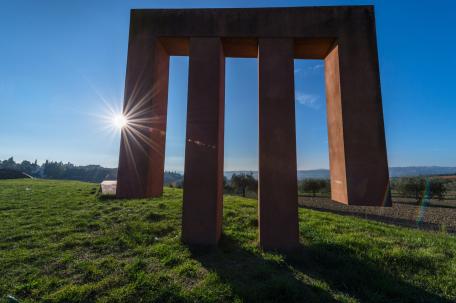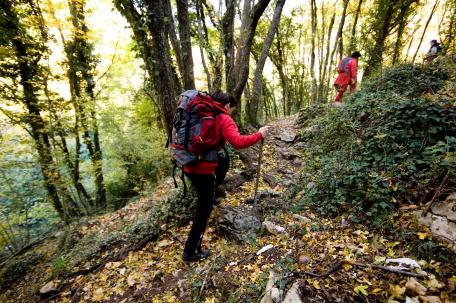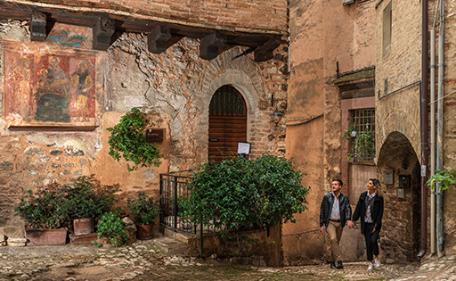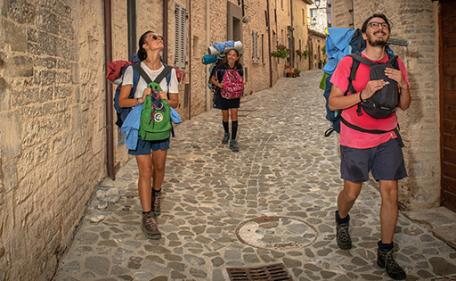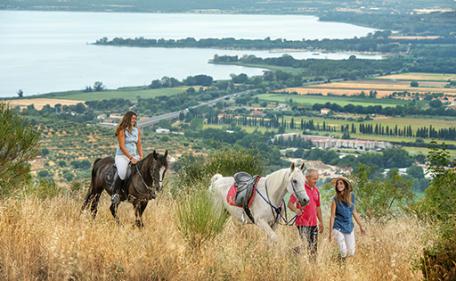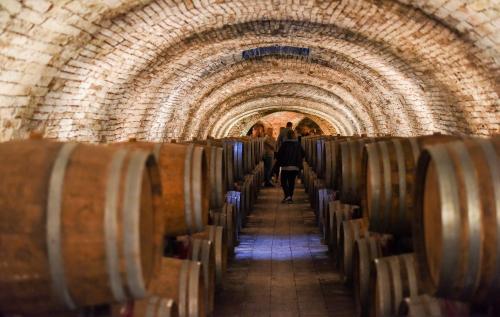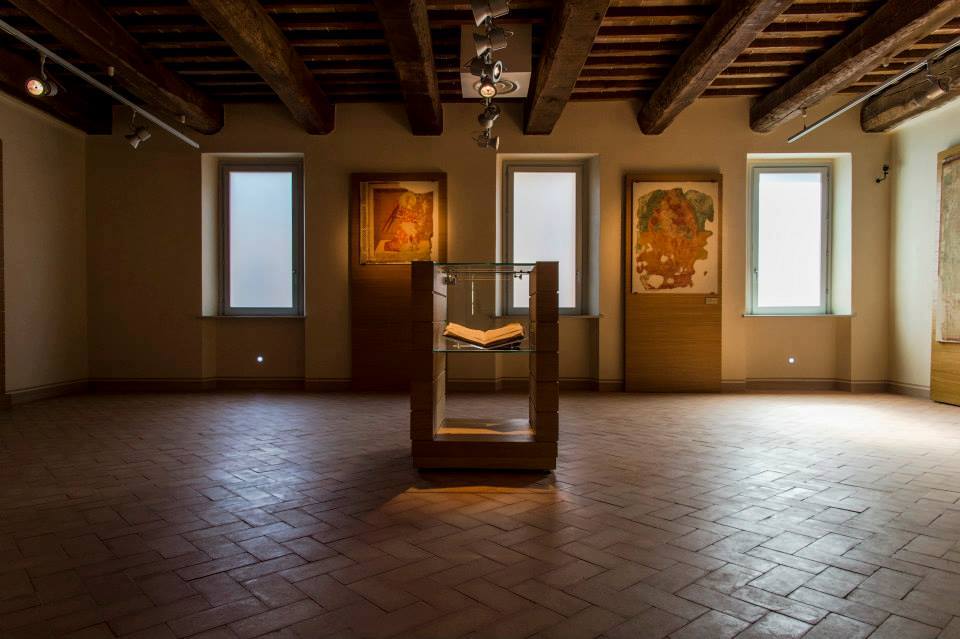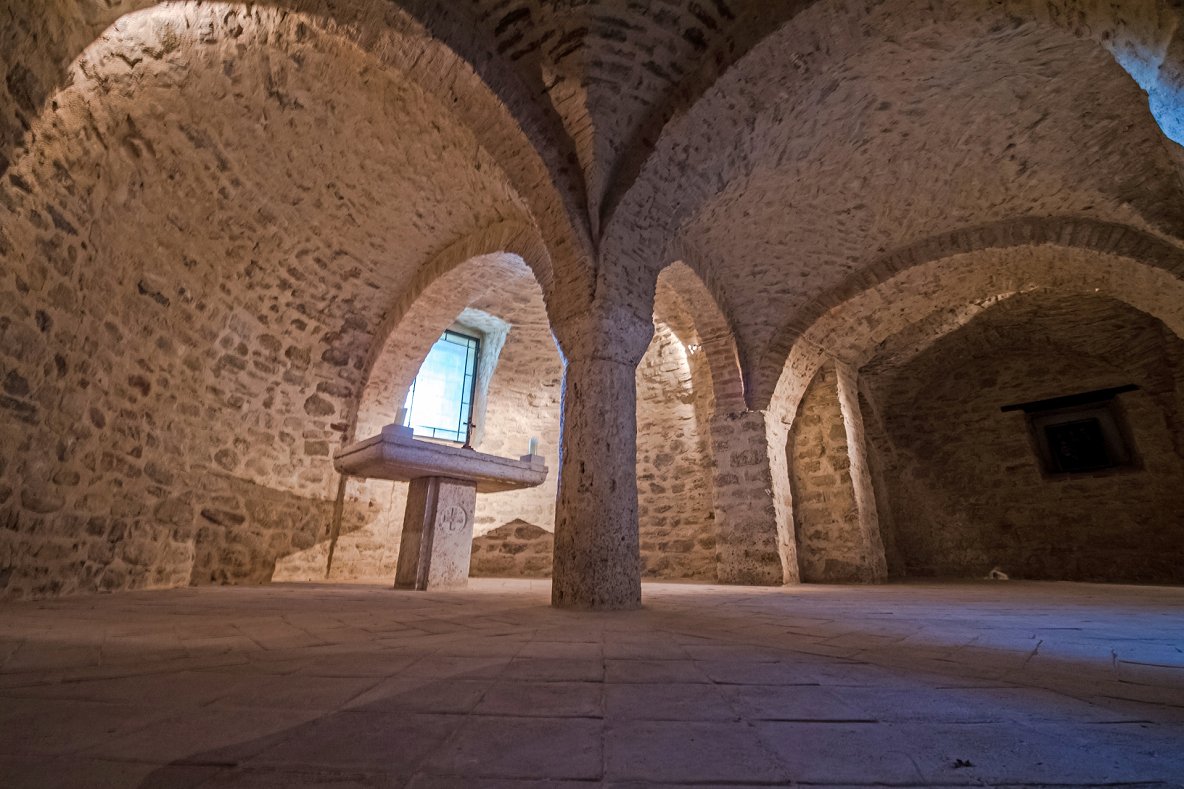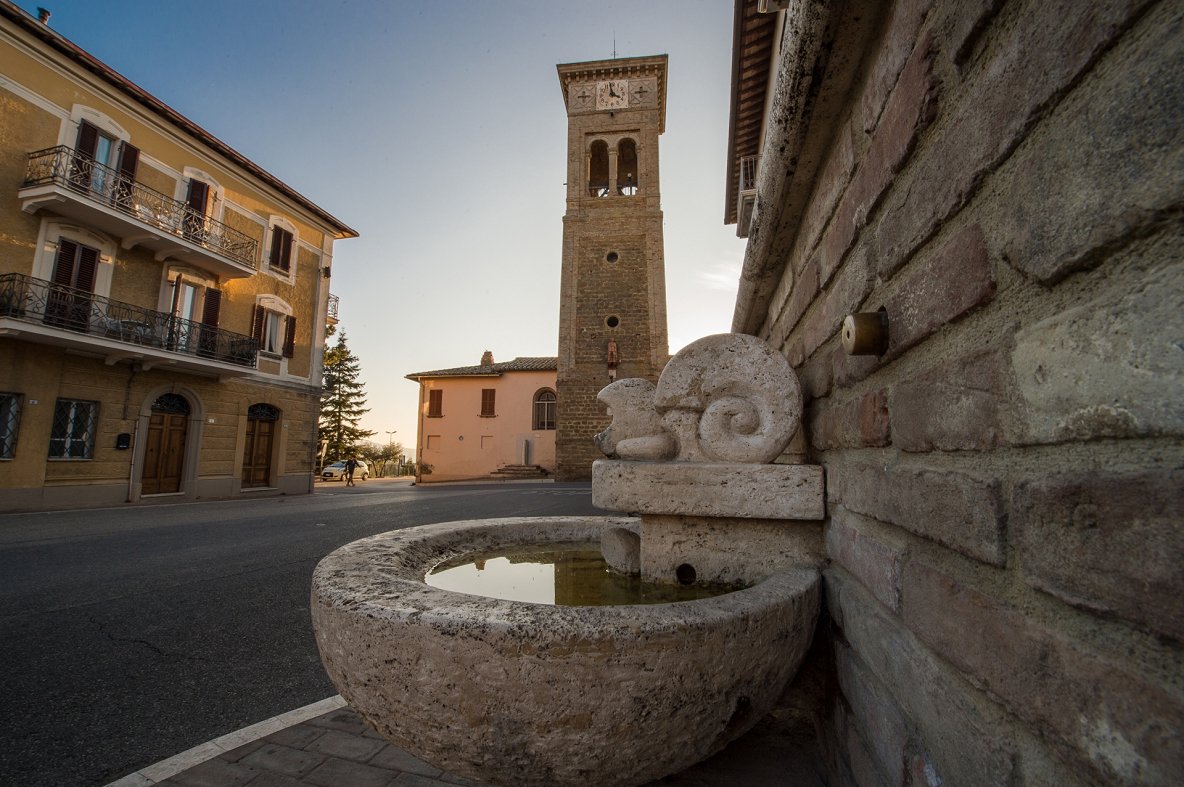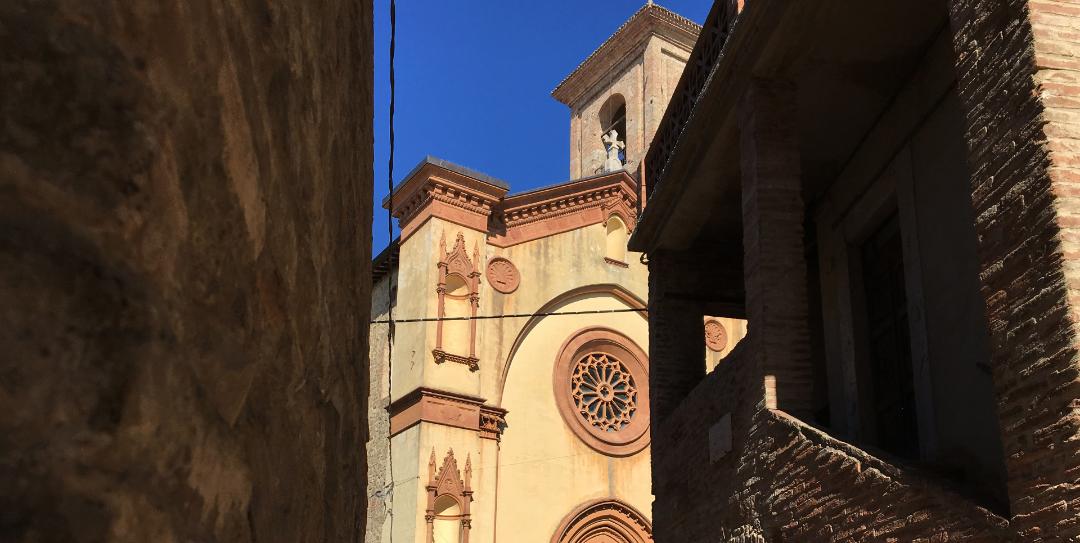HISTORY
The district was first inhabited by the Umbrii, then the Etruscans and the Romans. After the fall of the Roman Empire it was contested by the Duchies of Rome and Spoleto until the 13th century when Todi's territorial borders were drawn up to include Collazzone. During the 13th and 14th centuries, after a brief period as a free commune and clashes between Guelphs and Ghibellines, the district was governed by a nobleman of the Baglioni family from Perugia invested by the pope, and annexed to the Papal States until the creation of the Kingdom of Italy (1860).
ART, CULTURE, ENVIRONMENT
This hamlet of medieval origin has maintained the essential characteristics of Longobard military architecture: town walls, rammed-earth embankments, intact keeps, and narrow streets.
Of interest to visitors are the parish church of San Lorenzo, with its 18th century bell tower constructed on one of the castle keeps and still visible behind the apse of the church built in 1671 to replace the old parish church: inside can be found a valuable polychrome wooden Madonna from the 13th century, and a canvas depicting San Carlo Borromeo dated 1615, work of the painter Pietro Paolo Sensini, whose other painting, Adorazione dei Pastori, is also in the church; the church of San Michele Arcangelo; and the Municipal Council building, Palazzo Comunale, with a portal attributed to Vignola. In the vicinity, not far from the castle, is the Convento di S. Lorenzo, a Benedictine convent from 1227 and then Franciscan from 1236. It is composed of a massive main building in brick, and a church. The convent is believed to be of Romanesque origin and confirmation of this can be found in the structure of the crypt, where according to tradition Jacopone da Todi died on Christmas night 1306.
The hamlets in the surrounding territory are very interesting: the Castello di Assignano, immersed in the countryside, has a well-preserved main keep and intact fortifications over the main gateway; in Collepepe can be found the church of the Madonna del Buon Consiglio, and the ruins known as Le Carceri that bear witness to Roman presence in the district during the late Imperial Age (1st century A.D.). Today a large water cistern remains, probably constructed to serve the baths of a Roman villa or to supply water to a substantial settlement of the era. The territory is of great environmental value: the hills are covered in oak and pine woods, and the olive groves give it a salubrious, hospitable feel. The panorama from the castle walls takes in the wonderful sight of the Tiber River Valley from Perugia to Todi, and the typical Umbrian countryside of woods interspersed with fields cultivated in the same way as centuries ago.
